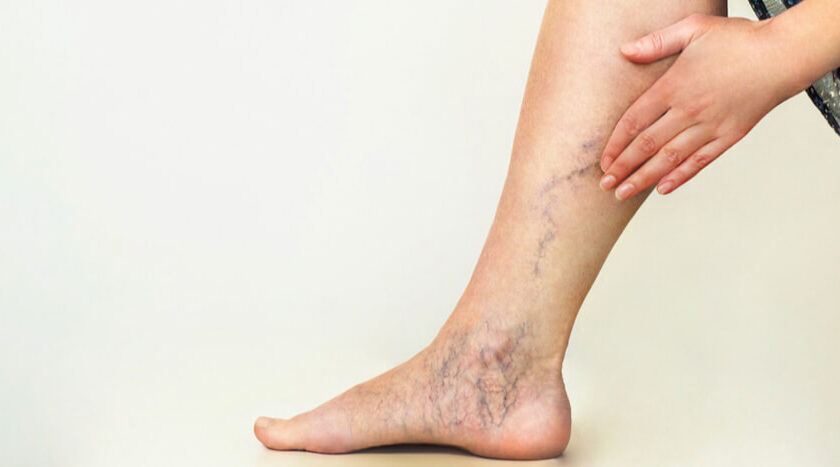When most people think of vascular conditions, they think of heart disease. But several other conditions can affect the blood vessels, including varicose veins, aneurysms, and arteriosclerosis. Each of these conditions can lead to serious health problems if left untreated. If you are experiencing any symptoms of a vascular problem, make sure you talk to a Prime Heart and Vascular specialist. They can recommend the ideal treatment to help you avoid more severe health problems down the road. This article looks at some of the most common vascular conditions.
Varicose Veins
Varicose veins are enlarged, twisted veins most commonly found in the legs and feet. They occur when the valves in the veins that are responsible for blood flow become weak or damaged. This can cause blood to pool in the vein and enlarge it.
Varicose veins can be painful and lead to other problems, such as skin ulcers. Treatment options include lifestyle changes, such as wearing compression stockings and minimally invasive procedures to close off the affected veins.
Aneurysms
An aneurysm is a bulge in the wall of a blood vessel. It can occur in any blood vessel in the body but is most common in the aorta, the main artery that carries blood from the heart to the rest of the body.
Aneurysms can be dangerous because they may rupture and cause internal bleeding. Treatment options include surgery to repair the aneurysm or medication to help reduce the risk of it rupturing.
Arteriosclerosis
Arteriosclerosis is a condition in which the arteries become thick and stiff. This can reduce or block blood flow to the organs and tissues that the arteries supply. Patients suffering from arteriosclerosis often develop symptoms such as chest pain, shortness of breath, and leg pain.
Arteriosclerosis can lead to several serious health problems, such as heart attack, stroke, and kidney failure. Treatment options include lifestyle changes, such as exercise and a healthy diet, and medications to help reduce the risk of heart attack and stroke.
Peripheral Artery Disease
Peripheral artery disease (PAD) is a condition in which the arteries that supply blood to the legs and feet become narrow or blocked. This can cause ulcers, gangrene, pain, and cramping in the legs and feet. You may also experience a decrease in the strength and sensation in your legs and feet.
Treatment options for PAD include lifestyle changes, such as quitting smoking and exercising, and medications to help improve blood flow. In some cases, surgery may be necessary to bypass the blocked arteries.
Carotid Artery Disease
Carotid artery disease is when the arteries that supply blood to the head and neck become narrow or blocked. This can lead to stroke. Usually, it may cause shortness of breath, chest pain, and numbness or weakness on one side of the body.
Your doctor may recommend lifestyle changes, such as quitting smoking and exercising, and medications to help improve blood flow. In some cases, surgery may be necessary to remove the blockage in the artery.
In summary, several different vascular conditions can affect the blood vessels in the body. If you are experiencing any symptoms, see your doctor for evaluation. They can recommend the ideal treatment to help you avoid more severe health problems down the road.


